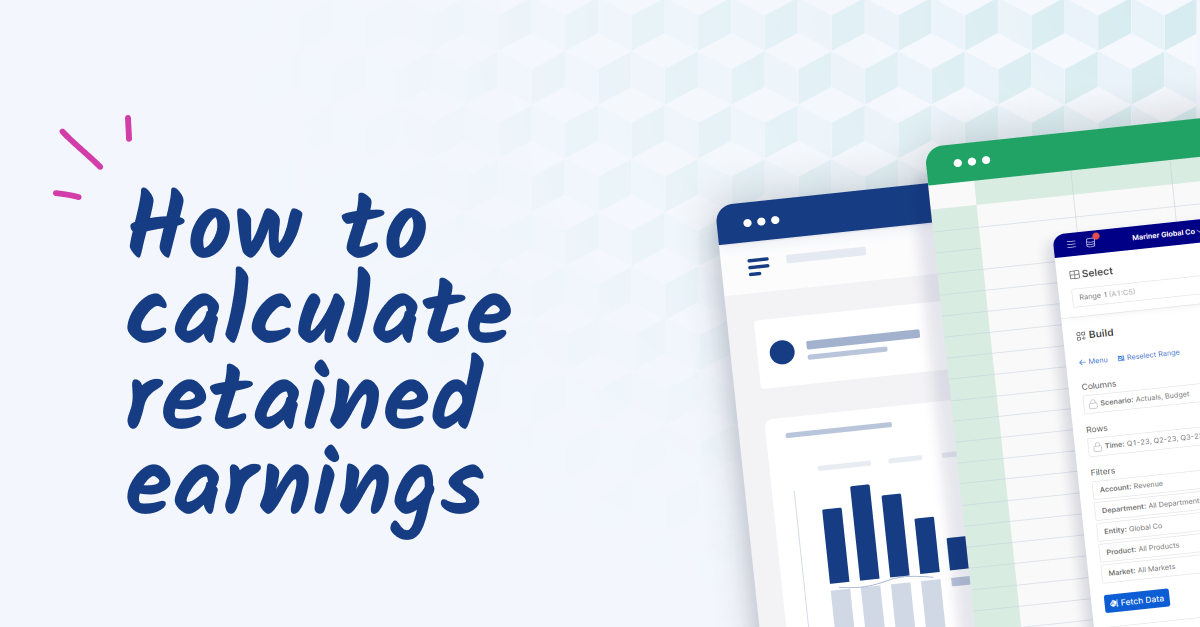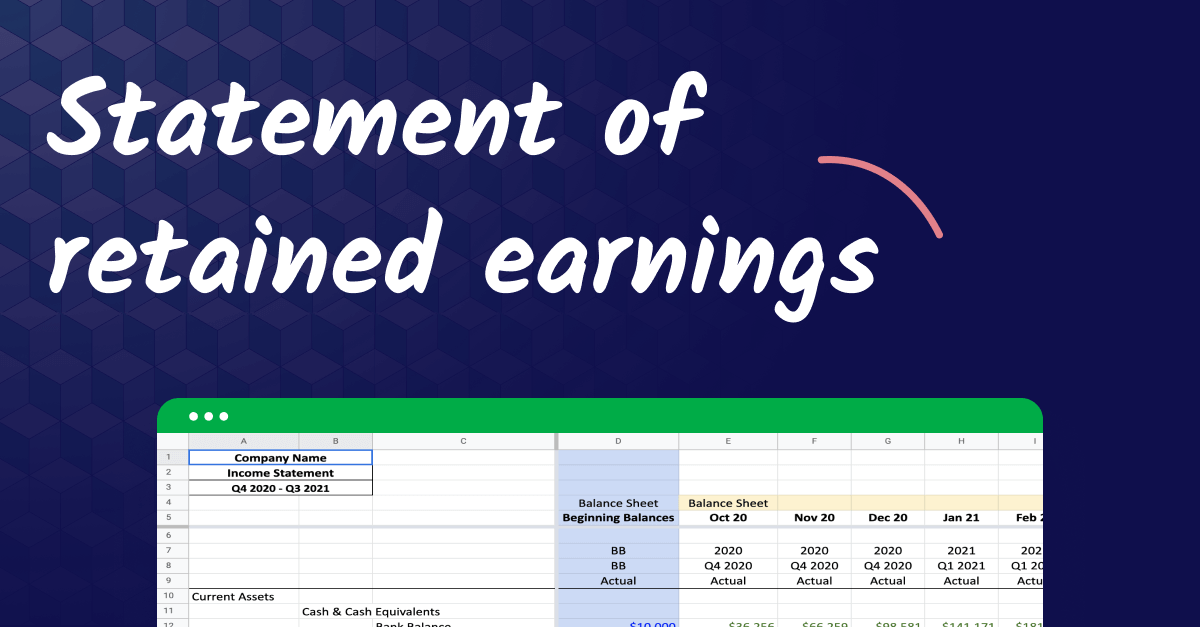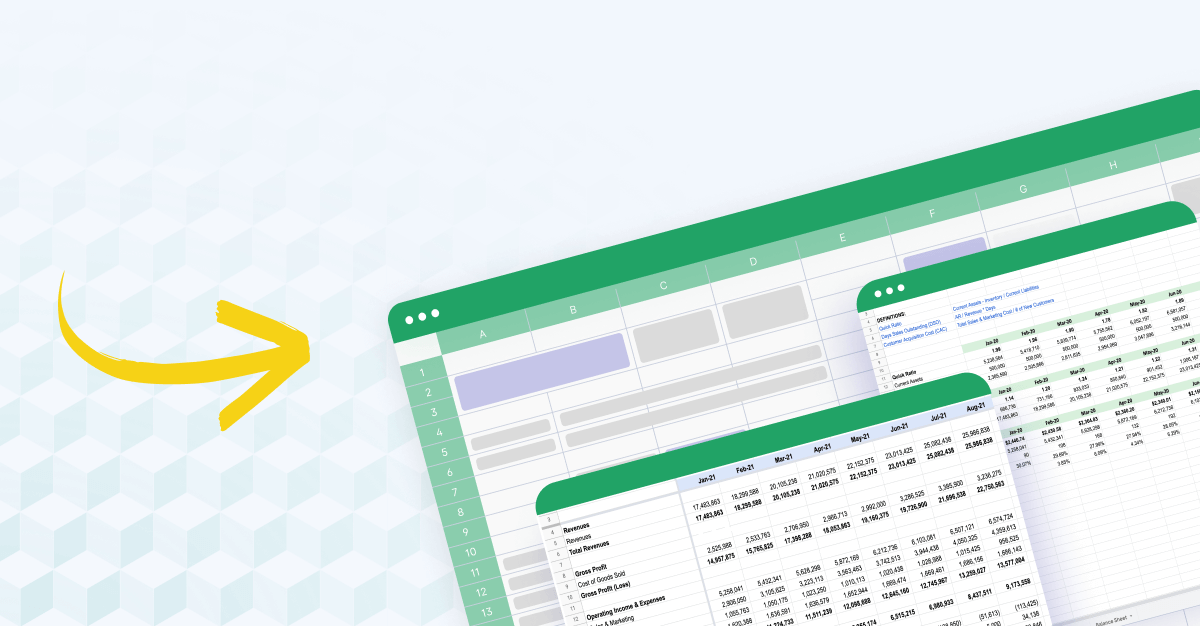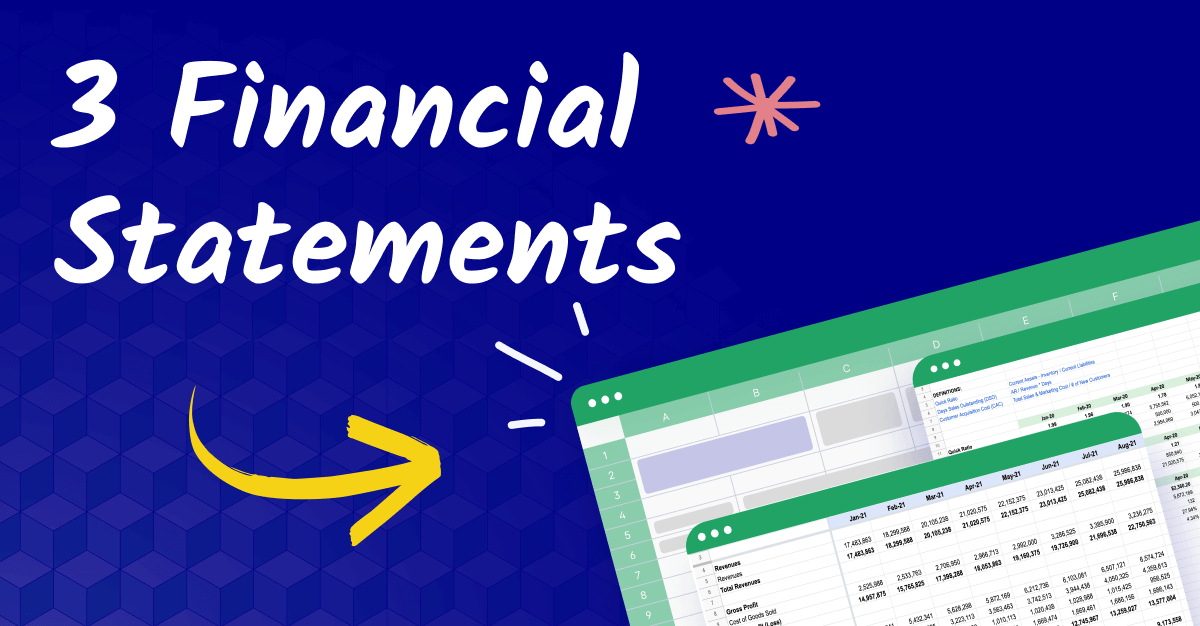What are retained earnings?
Retained earnings are the combined total profits of a company that have not been paid out to shareholders, owners, or investors. When it comes to the company balance sheet and financial statements, retained earnings are considered a form of equity, as it's referring to cash that has been generated by the business and then "reinvested".
Retained earnings are an incredibly important component of a company's growth strategy, as they can provide senior executives with the resources they need to grow profits in the future. This might mean spending $10 million on research and development for a new product line, $50 million on an expansion into a new country, or $350,000 on hiring an executive to lead a division of the company in a different direction.
Retained earnings might be the most sustainable way to pay for growth objectives, but they aren’t the only way. Companies can pay for these expenses with equity funding such as venture capital, or by taking on debt.
But both of those options come with risks—so for long-term stability, funding growth through retained earnings (where possible) can be a far more sensible approach.
Of course, it’s not always that straightforward. Shareholders want to see a return on their investment, and will often pressure executives to pay cash dividends.
There are also a number of common misconceptions around retained earnings, such as:
- A high retained earnings figure always means a company is in an excellent financial position. While it’s a great start, it’s a backward-looking number and doesn’t take into account the changes the company is facing going forward.
- A low or negative retained earnings figure always means a company is in financial trouble. Again, it’s a red flag, but it doesn’t take into account recent changes a company may have made to improve their retained earnings and overall financial stability. Apple is a prime example of this. After years of very substantial share buybacks which return profits to shareholders, their retained earnings figure is now negative.
- Retained earnings are held in cash. Once retained earnings have been accounted for, they aren’t usually just kept as cash. That would defeat the whole purpose. A company with a high retained earnings figure could have low cash reserves if they’ve spent all of those profits after they’ve been recorded.

How to calculate retained earnings
Now that you know what retained earnings are and how they’re used, let’s take a look at how to calculate retained earnings. This process will be differ depending on your business (e.g., running a small business with 10 employees vs. a Fortune 500 company), but the main steps will be the same no matter what.
The retained earnings formula looks like this:
Retained Earnings = Beginning Retained Earnings + Net Income or Loss – Dividends
Here are the steps you can take to calculate it:
1. Organize your financial data
You will need your company’s financial statements in order to complete a retained earnings calculation. Important documents include the income statements and reconciled balance sheet. You’ll also need retained earnings calculations from previous years.
2. Calculate company net income
Next, you’ll need to calculate net income for the current year by subtracting total expenses and taxes from your revenue figure.
3. Identify dividend payments
If cash or stock dividends have been paid, subtract the amount of dividends paid from the net income figure you calculated in the previous step. You should be left with the retained earnings figure for the current year or period you’re calculating.
4. Combine with beginning retained earnings
Now you need to combine the figure from the current period with the running total in the business financial statement. This is generally referred to as "Beginning Retained Earnings" in the balance sheet (you should be able to find that in the financials from the last account period).
Once you combine the beginning retained earnings number with the retained earnings number from the current period, you’ll have completed the retained earnings formula and calculated up-to-date retained earnings.
Let's take a look at this brief example to see how to calculate retained earnings using the retained earnings formula:
John’s Lawn Care has net income for 2023 of $100,000. Over the year, the company has $40,000 in dividend payouts, and the beginning retained earnings from the business financial statement stands at $80,000.
In that case, the retained earnings calculation will look like this:
$80,000 + $100,000 - $40,000 = $140,000
Retained earnings in context
Knowing how to calculate a company's retained earnings is only the starting point—analyzing and assessing the results is even more important.
Consistent generation of retained earnings is a sign of financial stability in a company. The ability to generate cash is one of the most important aspects of company longevity. It shows that you are able to find retained earnings to fund continued operations, pay dividends, and still keep additional profits aside to help grow and develop your business.
With that said, just like any financial metric, retained earnings shouldn’t be viewed in a bubble. A company with a long and successful history could have built up a sizable retained earnings balance, but that does nothing to guarantee that they’ll continue to do it.
What a company does with its retained earnings is just as important as generating them. There’s little point in hoarding earnings for the sake of it; investors will want to see that the cash is being put to good use. If not, they would have a sound argument to suggest that the earnings should be paid out as dividends.
For FP&A teams, forecasting retained earnings should be a central component of their work, as it will help inform how much money is available for the company to make strategic moves.
The role of retained earnings in strategic decision-making
The simplest way to approach retained earnings when it comes to corporate decision-making is to consider it a form of internal financing. Finance executives and senior management will have both long- and short-term objectives they’ll be aiming to achieve, and cash will need to be spent in order to reach them.
Imagine a scenario where every penny of net income was paid out as dividends. That would leave executives with no additional funding for growth or expansion. So, it would need to be financed through debt or additional equity.
Retained earnings offers an alternative, but spending that cash should be viewed with as much weight as taking on new investors or new financing. That way, executives can ensure they're following best practices with their decisions, carefully considering the return on investment for any money that’s spent.
Forecasting retained earnings can also be highly valuable in this respect, with FP&A teams able to give senior managers insights as to how a long -erm plan may need to be financed. For example, it may be that a five-year project will have enough cash runway to be funded via retained earnings for the first three years, but with a shortfall for the last two.
With that insight, executives can assess the cost of debt or equity financing for the last part of the project, with ample time to find an optimal solution.
Not only that, but these same forecasts can help leaders with managing profits and deciding on their dividend policy. It may make more sense to suspend or reduce dividends for a period, rather than funding expansion through debt.
This not only helps assess growth potential, but also assists in the management of risk, ensuring that a company has access to the capital it needs to execute on its corporate plan.
Reporting the right way: retained earnings best practices
For something as simple as a metric, managing retained earnings the right way poses some serious challenges for business leaders. While every company is different, there are some best practices worth sharing when it comes to managing profits and sustaining a strong balance sheet, as well as ensuring that reporting is clear and transparent.
1. Use retained earnings carefully
As mentioned above, it's vital for executives to be careful when it comes to how they use these funds to meet long-term growth objectives. It can be easy to get carried away in good years and allocate resources without a clear plan, but it's best practice to ensure that all spending is part of a clear and detailed business strategy.
2. Ensure regular and accurate forecasting
Forecasting retained earnings is just as important as calculating retained earnings historically. Because the use of period retained earnings needs to be a part of a clear strategic plan, it’s an area where senior leaders and FP&A teams need to work closely together. Accurate forecasts can help guide decisions on growth plans, R&D spend, dividend policy, hiring decisions, and much more.
3. Manage risk as well as return
Retained earnings can be a powerful lever for growth, but they should be used as a tool to reduce risk and improve your company’s resilience when times get tough. Maintaining a suitable buffer of cash will help your business ride out times of market or economic uncertainty, securing its long-term future.
4. Balance investor returns and retained earnings
Decision makers need to balance retained earnings vs. dividends. At the end of the day, business growth fueled by retained earnings will still drive shareholder value, but executives need to ensure they’re communicating the reasons behind their decisions.
5. Prioritize transparency and accuracy
A large part of this will be met simply through transparency of accounting methods and accurate calculations. Finance teams should ensure they have clear accounting policies in place and highlight any accounting adjustments, as well as provide detailed notes to backup the numbers.
In more complex business structures, reporting should be as clear as possible. This might mean segmented reporting for different business units, or summary documentation highlighting the most important aspects of a business financial statement.
Conclusion: boost your bottom line
Understanding and accurately calculating retained earnings is crucial for finance leaders. It not only reflects the financial health of your company but also informs key strategic decisions.
By applying the insights and methods discussed in this blog, you can ensure a more informed approach to managing your company's profits and planning for its future growth.
Want to learn how Cube can help you on your journey? Request a free demo today.



.png)









